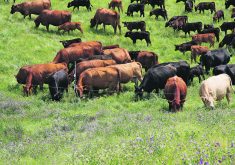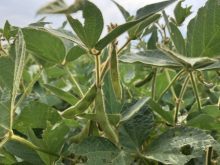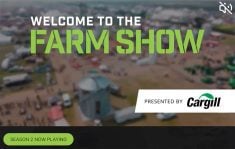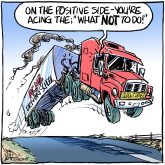Farmland ownership and high food prices
Here are two comments on letters to the editor you ran on page 12 of the March 16 issue.
Bravo for Devon Cooke’s clearly written point of view on land ownership and Veripath’s agenda, which he describes as a return to feudalism and a detriment to everyone. Right on.
Sylvain Charlebois’s article in the March 2 edition says much the same.
Read Also
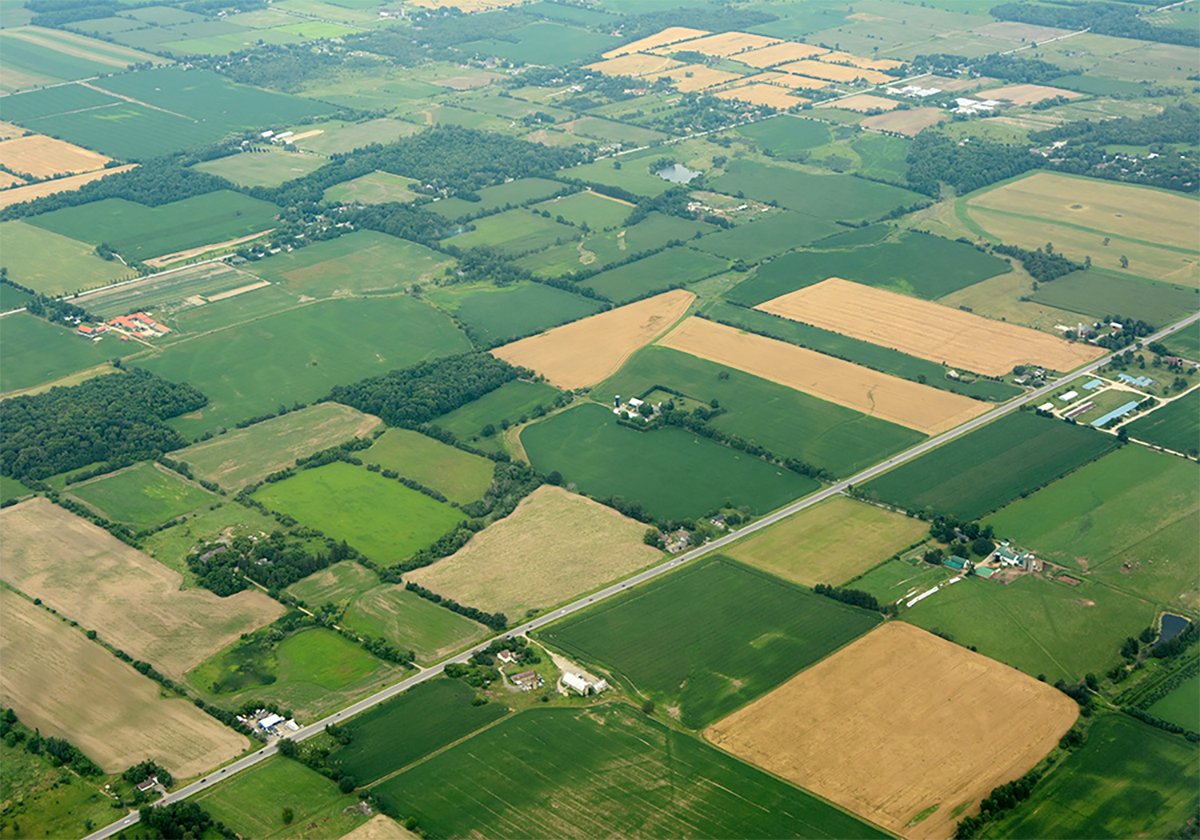
Higher farmland taxes for investors could solve two problems
The highest education and health care land tax would be for landlords, including investment companies, with no family ties to the land.
It describes non-farmer Robert Andjelic’s ownership of 225,500 acres of Alberta farmland with the objective “to make sure that his tenants make money.” The final sentence: “The intent of investors from outside the agricultural sector is to make our agriculture stronger” is false propaganda because investors only want a strong return on investment. Agriculture has never been a consistent provider of that, so it looks like a fool’s game.
In Dean Flach’s letter on high food prices, he calls out Kevin Hursh’s March 2 article reflecting on customers’ shopping choices, which Flach sees as a lack of shopping ability and blaming customers and farmers for rising prices. Yet Flach can shop for bread, in imperial weight too, at $3.50 per loaf? In Calgary, a 600 gram loaf at $3.99 is a deal from the usual $5 or more.
Flach considers that fines, no amount stated, for price fixing were not large enough to stop the practice. He maintains that farmers and consumers are at the mercy of unnamed “large conglomerates” that are taking excessive profits and driving up prices. He could be right, but does he have to be so vague?
Candy Watson,
Calgary, Alta.
Grass-fed cattle have role to play
It was great to see the two-issue discussion on the cow-calf sector in the March 16 paper, and the perspectives of the three respected producers definitely provide value in the discussion.
However, I was disappointed with a couple of the comments from Mr. Unrau, specifically relating to grass-fed production in Canada. Mr. Unrau seems to be painting a picture for all beef producers based on his operational realities rather than educating himself on the diversity within the industry.
He assumes that grass-fed production in Canada cannot produce quality beef. That is simply not true. I have shipped UTM grass-fat cattle direct to harvest with AA & AAA, YG1 carcass results.
The cattle genetics available in this country and quality of Canadian forages absolutely have the capacity to produce high-quality beef direct from grasslands and forages. Many producers across this country produce high quality beef direct from grasslands.
This is not stated to undermine the beef produced in other production systems but simply to state that it can be done and is being done here. Canadian producers can produce high quality beef to meet customer demand under several production systems.
The capacity to produce beef for ever-diversifying consumer demands may be the foundation of the cow-calf sector’s survival. To quote Mr. Unrau: “We need the right product …we have to sell to the highest paying consumer.” I would add a corollary: that we need to sell to the highest-paying consumers — plural — while developing production systems at costs below those prices.
The commentary regarding government policy and synergistic opportunities for livestock and crop producers definitely hit the mark, in my opinion, and while the systems that evolve may be different from what we assume today, the intrinsic value that ruminant animals can provide for grassland conservation, soil health, forage and crop byproduct up-cycling and quality, nutrient-dense food is vastly under-implemented and appreciated. Those dynamics present more opportunity for cow-calf, backgrounding and finishing sector growth at lower costs and large potential soil health benefits.
Creating different production systems isn’t always easy or popular, but better understanding the opportunities that the ever-divergent markets provide will build the foundation for further evolution of ranch/farm-gate production systems.
The production systems that exist today evolved out of past conditions and related opportunities seized. The systems of tomorrow will evolve out of conditions today and those who chose to identify and seize the related opportunities.
Those opportunities might be a different mix of production systems, and the opportunity to develop those systems is exciting if you choose to think in those terms. Kudos to the Western Producer for encouraging this discussion.
Ross MacDonald
Treaty 4 Territory,
Lake Alma, Sask.


